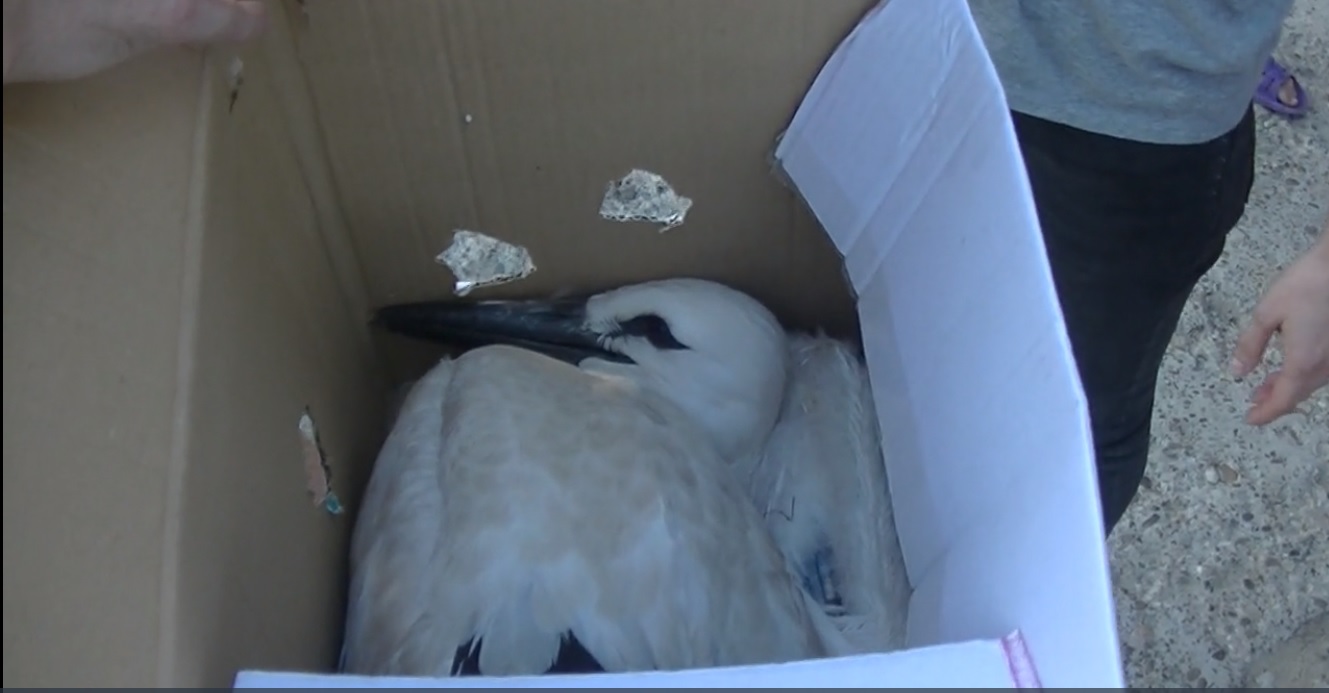

- #RESCUE BIRDS DANGERS HOW TO#
- #RESCUE BIRDS DANGERS FREE#
Provide a safe, sturdy enclosure or cage for your bird. People interested in importing pet birds should visit the USDA non-US Origin Pet Bird Importation website. Because of the risk of avian influenza (bird flu), USDA restricts the importation of pet birds from certain countries and enfosrces a 30-day quarantine for all imported birds except those that come from Canada. USDA regulates the importation of pet birds. Importing pet birds into the United States Return to the veterinarian for checkups and beak, nail, or wing trimmings, as recommended. Within a few days after you buy or adopt your bird, take it to a veterinarian who has experience with pet birds (avian veterinarians) for a health visit and get advice on caring for your new pet. Keep water and food dishes, toys, and other cage/perch equipment separate and clean. Wash your hands with soap and water before working with each group of birds. 
This will help prevent the new birds from passing disease to your existing animals.
When bringing new birds to a household that already has pet birds, be sure to keep the new birds separated for at least 30 days before introducing them to your existing birds. Learn the signs of illness in a bird, which can include appearing sluggish or depressed, having ruffled feathers or areas of feather loss, abnormal breathing, and fluid running from its eyes or nose. Birds who seem depressed, aren’t moving around very much, or look dirty may be ill. #RESCUE BIRDS DANGERS FREE#
Birds should have smooth, sleek, and soft feathers that are free of debris or droppings.
Pick birds that are bright, alert, and active. Match a bird’s attitude, temperament, size, activity level, and life span with your family, your home, and the amount of time you have to spend with your pet. Pet birds need to be housed in a warm, draft-free location that has adequate lighting and is close to activity in the household. Select a location for your bird’s cage, perch, or enclosure. Ask your veterinarian about the proper food, care, and enclosure or environment that is best for the bird you are selecting. #RESCUE BIRDS DANGERS HOW TO#
Research how to properly care for your bird before purchase. Also learn about the life span for the type of bird you are interested in as many birds can live for 20 years or more. 
Birds are very intelligent and social animals that require a lot of attention.
Learn about the different types of birds and their personalities and attention needs before you bring one home. Identify a local veterinarian who has experience with pet birds (an avian veterinarian) to help you keep your bird healthy. Many governments have ordinances against certain pets because of noise, size, or public health risk. Check your state, local, and property laws before adopting or purchasing a pet bird. Less commonly, people report symptoms that begin after 14 days. Symptoms usually start 5-14 days after exposure. Symptoms in people: People who get sick with psittacosis might have fever, chills, headache, muscle aches, difficulty breathing, and a dry cough. If they do have symptoms, they can include poor appetite, discharge from the eyes or nose, diarrhea or loose droppings, green urates (the white part of their droppings), or breathing difficulty, among others. Signs in birds: Infected birds may or may not show symptoms. People who have contact with birds (such as bird owners and those who work with birds) are at increased risk. Who is at risk: Anyone who is exposed to the bacteria can get psittacosis, but it is more commonly reported among adults. Less commonly, birds infect people through bites and beak-to-mouth contact. How it spreads: People most commonly get psittacosis by breathing in dust from droppings or respiratory secretions of infected birds. When birds are infected, veterinarians call the disease avian chlamydiosis. 
People most commonly get psittacosis after exposure to pet birds, like parrots and cockatiels, and poultry, like turkeys or ducks. Psittacosis is a disease caused by bacteria ( Chylamydia psittaci) spread through the droppings and respiratory secretions of infected birds.








 0 kommentar(er)
0 kommentar(er)
